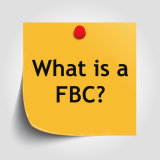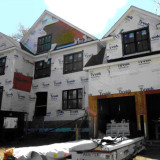Proposed High-Rise Tower Requires Demolition of Historic Hotel
Follow on our companion BricklynVT.com web site the application of Dunk Them Donuts to build an 11 story mixed-use tower featuring a 5 story high revolving donut-shaped restaurant anchored to the building’s roof. Construction of the tower will also require … Continued














